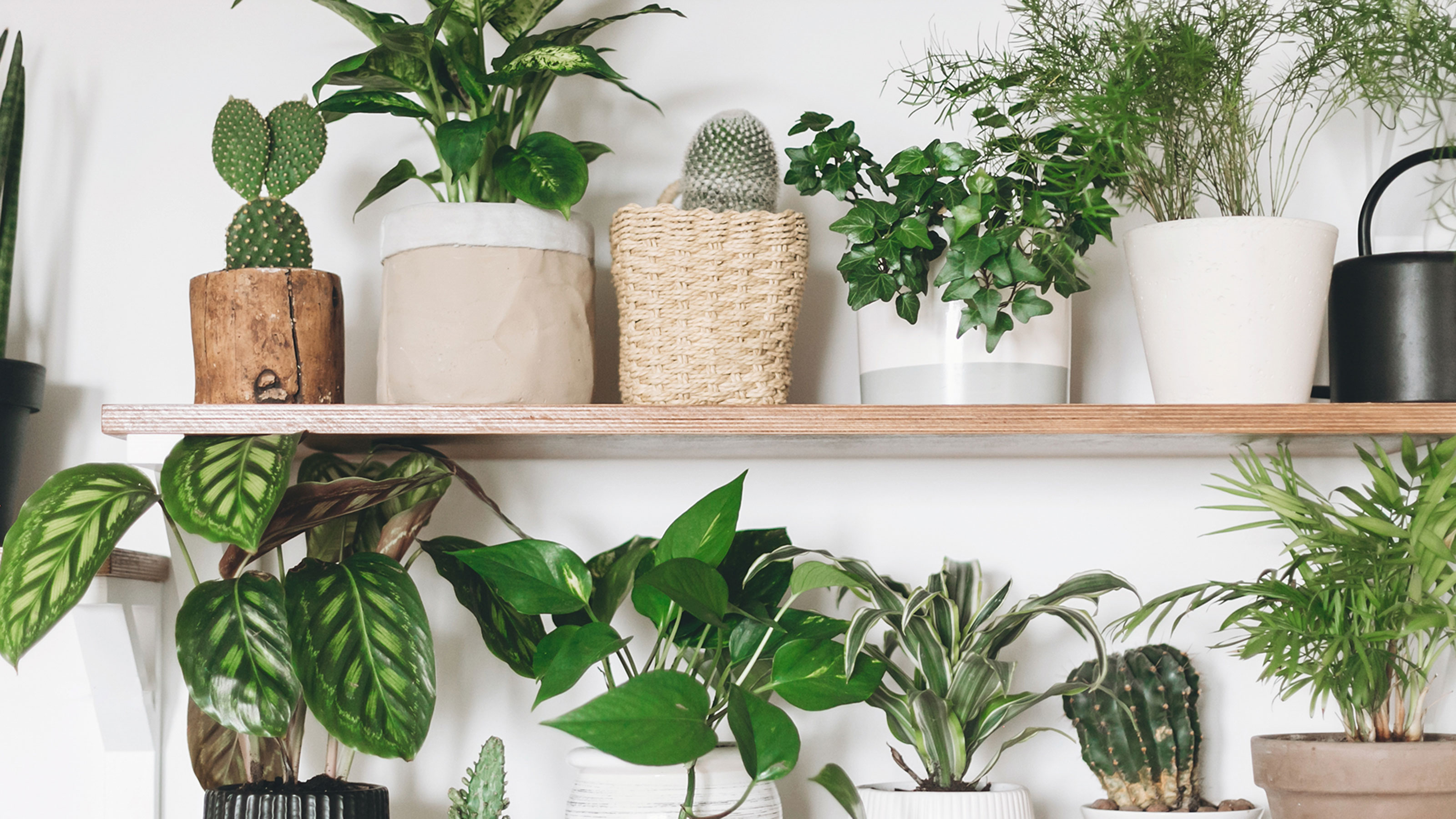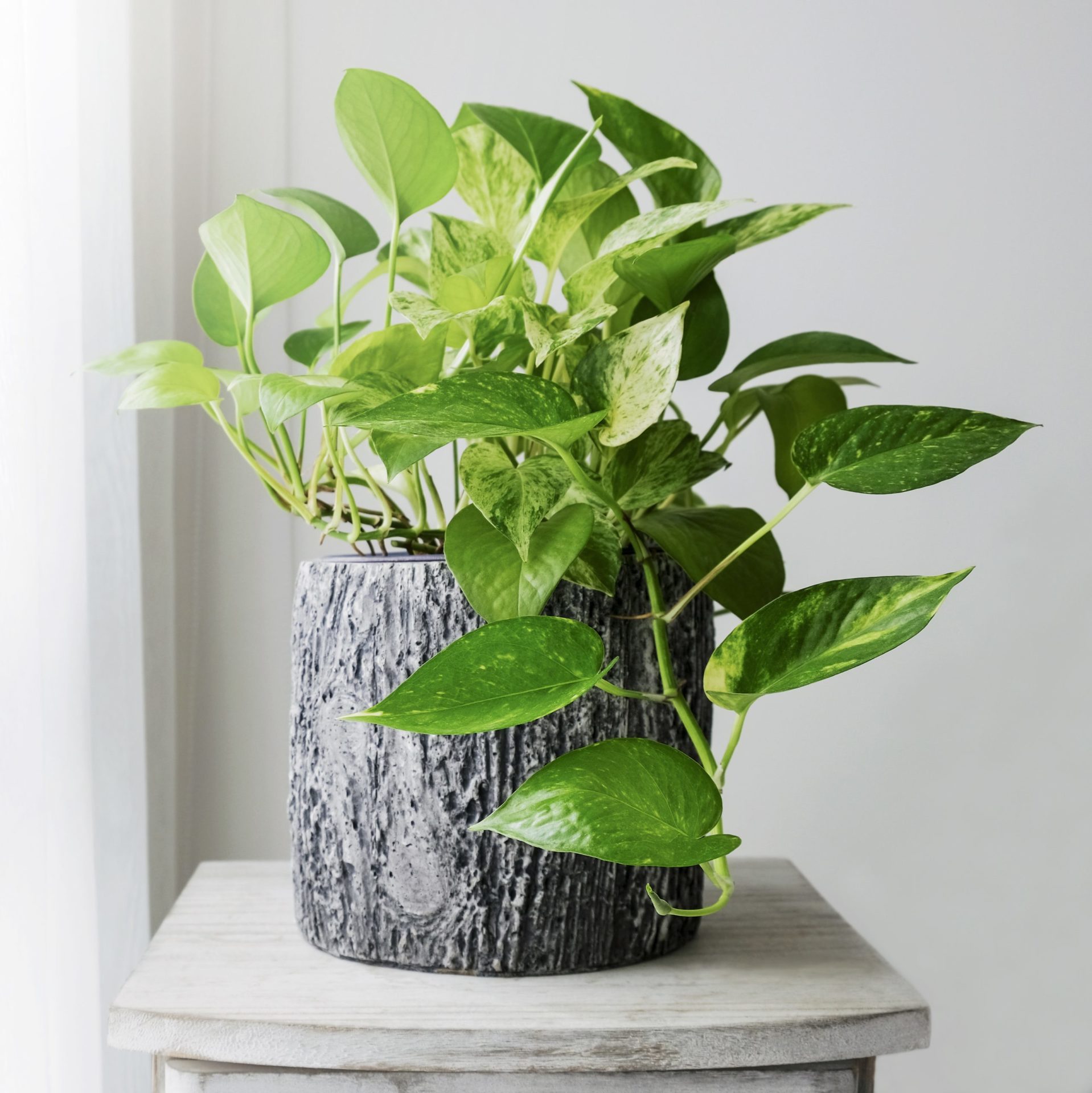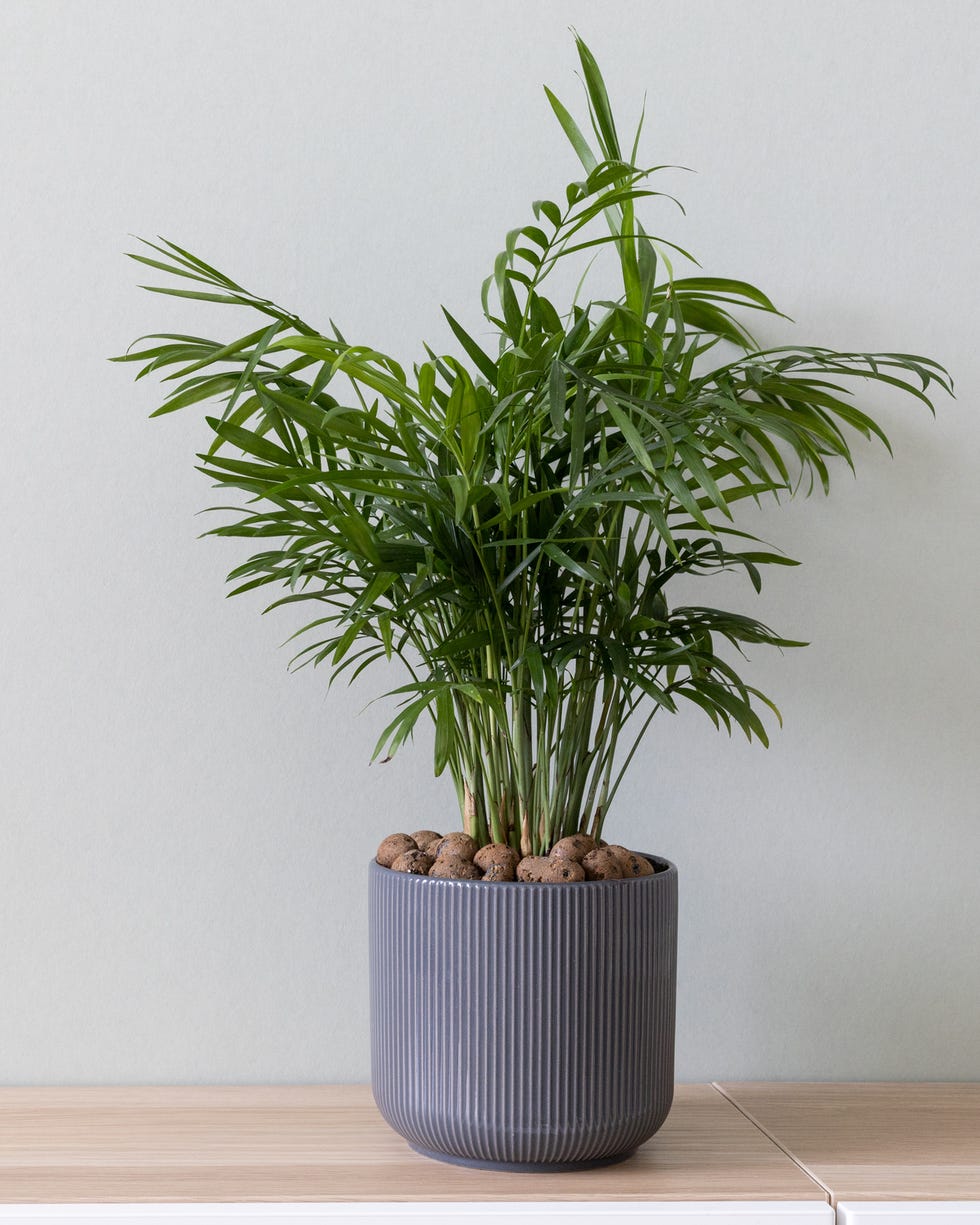Best Low-Light Indoor Plants That Thrive with Minimal Sunlight
Best Low-Light Indoor Plants That Thrive with Minimal Sunlight
Blog Article
Uncover the Keys of Low-Light Indoor Plants and How They Enhance Your Setting
Low-light interior plants have gathered enhancing focus for their special capacity to enhance both aesthetic allure and environmental high quality within homes and offices. These resistant types, consisting of the Snake Plant and Tranquility Lily, not only flourish in tough illumination conditions yet also play an essential function in air filtration and psychological health. Recognizing the certain benefits and treatment demands of these plants can considerably impact your space. As we check out the intricacies of their benefits, you may uncover insights that could change your surroundings in unexpected methods.
Advantages of Low-Light Indoor Plants
Although many individuals assume that indoor plants require abundant sunshine to flourish, low-light interior plants provide a wide range of advantages that make them ideal for numerous atmospheres. One of the main advantages is their flexibility; they can prosper in spaces with limited natural light, such as offices, basements, or spaces with tiny home windows. This attribute permits people to enhance their surroundings with greenery, contributing to enhanced aesthetic appeals without the need for substantial illumination alterations.
Additionally, low-light interior plants can substantially boost interior air top quality by launching and filtering dangerous contaminants oxygen, making living areas healthier. The presence of plants has been connected to higher sensations of harmony and focus.
In addition, low-light plants usually require much less maintenance than their sun-loving equivalents, making them optimal for active individuals or those brand-new to gardening. Their strength allows them to love very little intervention, therefore providing a rewarding experience for plant lovers and novices alike. In summary, low-light interior plants offer both visual and practical purposes, making them useful enhancements to any type of room.
Top Low-Light Plant Selections
Low-light indoor plants can be found in a variety of varieties, each offering special qualities and advantages fit for dim settings. Among the most popular ranges is the Snake Plant (Sansevieria), understood for its air-purifying capabilities and building fallen leaves. This resilient plant prospers on neglect and can tolerate a wide variety of light problems.
An additional superb selection is the ZZ Plant (Zamioculcas zamiifolia), which includes shiny, dark environment-friendly fallen leaves and is extremely drought-tolerant. Its adaptability makes it a favored for offices and homes with restricted sunlight.
The Pothos (Epipremnum aureum) is likewise a top competitor, with its routing creeping plants and heart-shaped fallen leaves - Best low-light indoor plants. This flexible plant can be educated to climb or cascade, including visual rate of interest to any type of area

Care Tips for Low-Light Plants
Caring for low-light indoor plants requires a nuanced understanding of their particular needs to make certain optimum development and vigor. Initially, it is necessary to pick the right potting mix, as a well-draining soil is important to stop origin rot. A mix created for houseplants, frequently having peat moss and perlite, functions well for most low-light ranges.
Watering is another crucial aspect of treatment. Low-light plants generally need much less regular watering contrasted to their sun-loving counterparts. It is advisable to inspect the leading inch of dirt; if it really feels dry, it's time to water. Overwatering can bring about problems such as mold and mildew and root degeneration.
Fertilization needs to be approached with care. Throughout the growing season, a watered down fluid fertilizer can be applied monthly, yet in winter season months, many low-light plants enter dormancy and need little to no fertilizing.
Finally, it is necessary to periodically clean the leaves to eliminate dirt, enabling far better light absorption. By adhering to these care suggestions, you can cultivate a thriving atmosphere for your low-light interior plants, boosting both their look and durability.
Enhancing Air High Quality With Plants
Indoor plants play a considerable function in improving air high quality within homes and office areas. With the procedure of photosynthesis, these plants soak up co2 and release oxygen, adding to a healthier atmosphere. Additionally, certain low-light indoor plants have the ability to filter hazardous pollutants, such as formaldehyde, benzene, and trichloroethylene, which are typically found in indoor settings.

Additionally, the existence of interior plants can enhance moisture degrees, which assists minimize dry skin and respiratory system issues, better boosting general well-being. This capability to improve air high quality not only advertises physical wellness however additionally supports psychological health.
Integrating low-light interior plants into your living and working spaces can lead to a much more vivid and invigorating atmosphere (Best low-light indoor plants). Buying these all-natural air cleansers is an easy yet efficient approach for boosting indoor air quality and promoting a healthier way of life
Developing a Calm Indoor Space
The combination of plants into living areas not just boosts air top quality yet also contributes to a peaceful environment. Low-light indoor plants, such as serpent plants and pothos, are particularly effective in creating a peaceful atmosphere, as they flourish in conditions that may otherwise be inhospitable for other greenery. Their lush foliage offers a calming aesthetic, reducing stress and promoting leisure.
Including these plants right into your home or workplace can evoke a sense of peace and well-being. Strategically placing them in areas where you spend considerable time, such as living workspaces or rooms, enables for an immersive experience view publisher site with nature, which has been revealed to boost state of mind and cognitive function.
Moreover, the mild motion of leaves in response to air movement can produce a dynamic aesthetic aspect that enhances the total atmosphere. Consider using a selection of plant heights and appearances to include depth and interest to your area. With thoughtful placement and treatment, low-light indoor plants can transform any type of area into a calm haven, cultivating not only visual contentment however psychological and likewise psychological wellness.

Conclusion
Incorporating low-light indoor plants into various environments yields significant benefits, including improved air quality and enhanced aesthetic appeal. The transformative power of low-light plants underscores their value in enhancing both property and work-related setups.
Although many people think that indoor plants call for plentiful sunshine to grow, low-light interior plants offer a wide range of advantages that make them suitable for numerous settings.Moreover, low-light interior plants can considerably boost indoor air high quality by filtering system damaging toxins and launching oxygen, making living areas healthier. In addition, certain low-light indoor plants possess the capability to filter hazardous contaminants, such as trichloroethylene, formaldehyde, pop over here and benzene, which are typically discovered in interior environments.
Low-light indoor plants, such as serpent plants and pothos, are especially efficient in creating a calm environment, as they flourish in problems that might otherwise be inhospitable for various other greenery.Integrating low-light indoor plants right into different settings yields considerable benefits, including enhanced air top quality and boosted visual allure.
Report this page